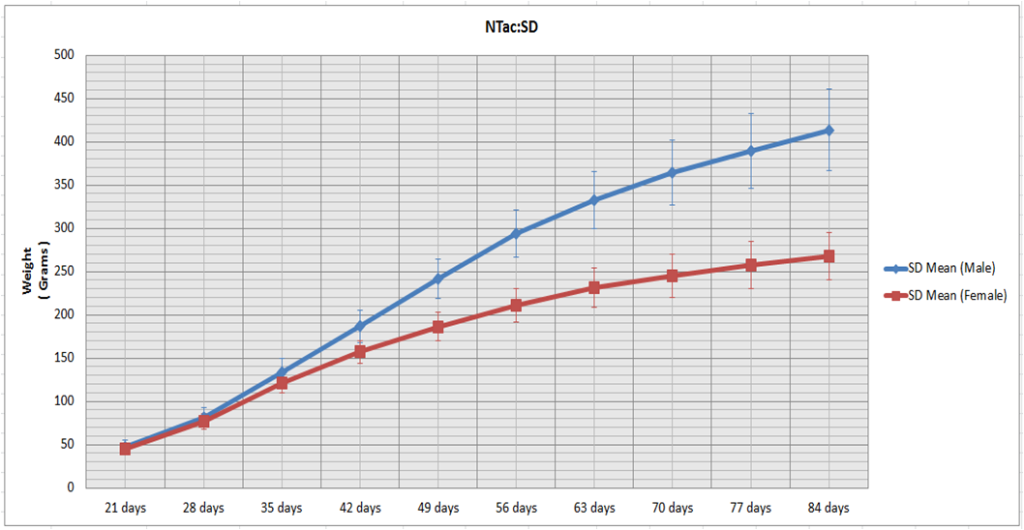IV. Specific Experimental Procedures
B. Rodent/Avian Food and Water Restriction
PURPOSE
This policy is intended to provide information on the requirements of food and water restriction and to establish procedures to be followed when restricting food and/or water.
DEFINITIONS
Water restriction- water deprivation for longer than 12 hours.
Food restriction- food deprivation for longer than 24 hours for simple stomach animals, or longer than 48 hours for ruminants.
GUIDELINES
1. Restriction of food and/or water for research purposes needs to be scientifically justified and a program must be established to monitor physiologic or behavioral parameters, including criteria for removal of the animal from the experiment (such as weight loss or hydration state).
2. When experimental situations require food or fluid restriction, at least minimum quantities of food and fluid should be made available.
3. Precautions that should be used in cases of fluid restriction to avoid dehydration include:
- daily recording of fluid intake
- recording of body weight at least three times per week - or more often for smaller animals, such as rodents.
4. Special attention should be given to ensuring that animals consume a balanced diet, as food consumption may decrease with fluid restriction.
5. In the case of conditioned-response experiments, use of a highly preferred food or fluid as a positive reinforcement, instead of restriction is recommended.
6. Protocols proposing water or food restriction may be approved by the IACUC if scientifically justified by the investigator.
7. Each animal-use protocol proposing the use of water or food restriction will be considered and reviewed by the IACUC on a case-by-case basis.
MAXIMUM ALLOWABLE WEIGHT LOSS
The maximum allowable weight loss for any animal involved in a research or teaching protocol is 15% of the pre-procedure body weight in the non-obese animal (30-40% in the obese animal).
- Adult animals: the maximum weight loss would be a decrease from that animals' pre-procedure weight.
- Immature animals: the maximum weight loss is a deviation of 15% from recognized growth curves or age matched control animals.
- An anticipated weight loss of greater than 15% requires an "E" protocol designation. A scientific justification for excessive weight loss will also be required.
- All protocols involving excessive weight loss will be evaluated on a case-by-case basis.

Approved: November 22, 2013
Revised: September 27, 2019






